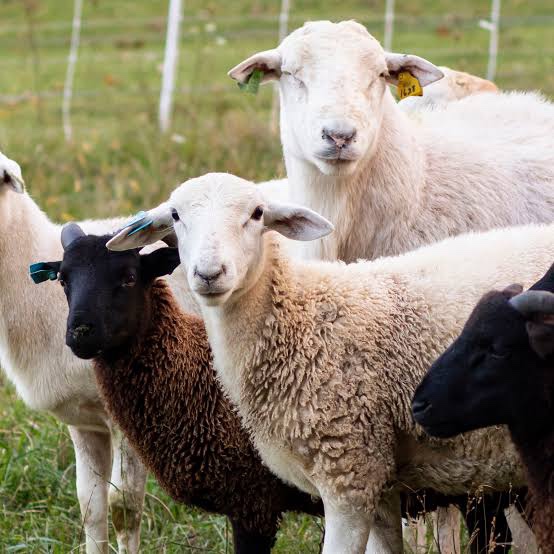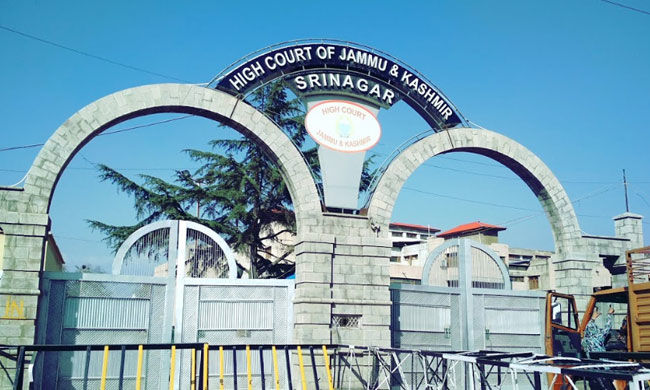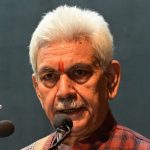Srinagar: Kashmir valley has a total sheep population of 1912611 across the 10 districts of the division with 70033 breeders , according to official figures of the Sheep Husbandry department reviewed by Rising Kashmir.
Mutton is widely consumed in Kashmir valley right from Wazwan in marriage functions to hotels to daily kitchen.
Over the years, there has been a massive impetus given by the government to involve more and more people into the sheep farming sector that has not only provided livelihood opportunities to the people but has helped to cater the increasing demand of mutton in the valley.
The Integrated Sheep Development Scheme (ISDS) 2020-21, and Integrated Sheep Development Program during 2020-21 under UT Capex have been rolled out with an aim to supplement mutton production and build entrepreneurship in the sector.
J&K is among the highest mutton consuming regions in India with an average consumption of 600 lakh kilograms of mutton annually of which 350 lakh kgs are imported from other states.
According to a research done by Showkat Ahangar, who has Master’s in Veterinary microbiology & immunology, Jammu and Kashmir imports on an average 14729899 heads of small ruminant annually for slaughter from the deserts of Rajasthan to make up the deficit.
This results in an annual loss around 40 crores despite having favourable environmental and geophysical conditions for sheep rearing and a market for meat and meat products.
According to the research, the import of sheep and goat for slaughter presented an increasing trend over the years. Further, considering the projected human population, production, consumption behaviour and import of small ruminants (goat and sheep) in J&K, there is a deficit of 257.57 to 710.88 lakh kg per year.
The gap between supply and demand is expected to widen in future given the increasing trend in consumption and low production capacity.
A senior officer in Sheep Husbandry, wishing not to be named, said J&K will never become self-sufficient in its own livestock and it will continue to rely massively on other states.
“It has many reasons and one among the main reasons is that we don’t have enough grazing lands available. It needs intensive feeding. The Khacharai land has been taken by people. And wherever the rest of the land is available, the government constructs buildings on that. Where will a breeder rear the livestock,” he said.
Meanwhile, talking to Rising Kashmir, District Sheep Husbandry Officer, Baramulla Dr Peer Irshad said they have a total sheep population of 2.86 in his district and 11500 breeders, which is highest among all the 10 districts of Kashmir divisions.
Kashmir has over 19 lakh sheep population, 70033 breeders

Leave a Comment
Leave a Comment









